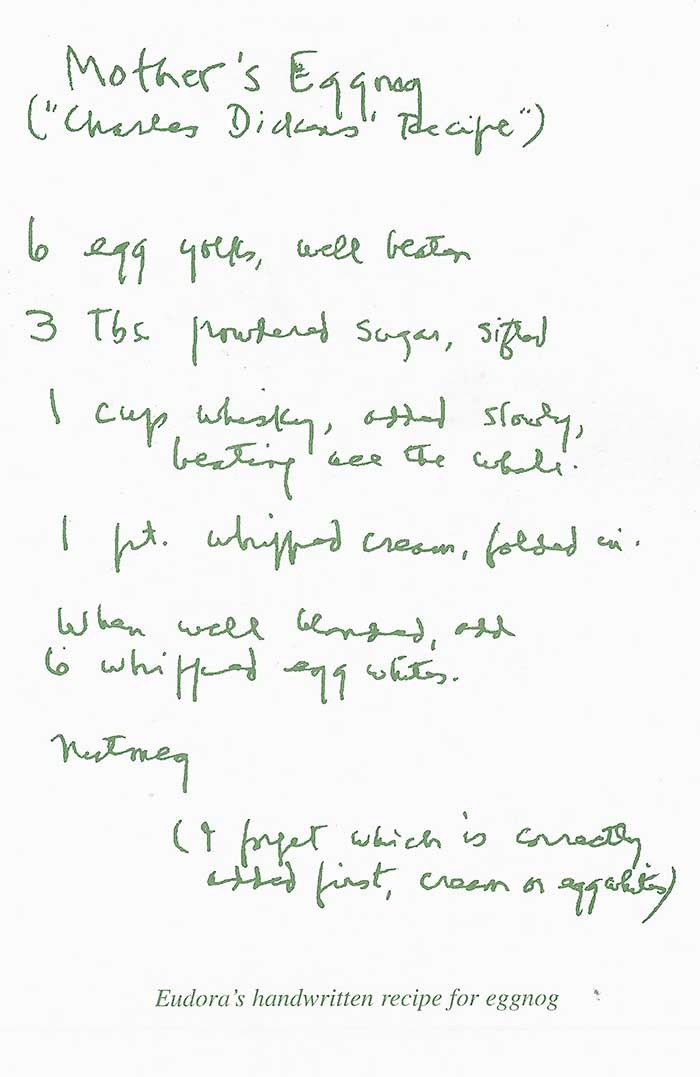Why has food become such an object of interest in recent years? One possible explanation is that it represents one of the last pursuits still essentially untouchable by digital culture: for all you can write about and photograph food for the internet, you can’t actually experience it there. Food, in other words, means physicality, dexterity, sensibility, and hand-craftsmanship in a concrete, visceral way that, in the 21st, century, has come to seem increasingly scarce. But another, shorter explanation sums the phenomenon up, just as plausibly, in two words: Anthony Bourdain.
Ever since he first entered the public eye at the end of the 1990s, late chef-writer-traveler-television host taught a reading, and later viewing public to appreciate not just food but all that goes into food: the ingredients, sure, the intense training and labor, of course, but most of all the many and varied cultural factors that converge on a meal. Bourdain found robust cultures everywhere, those that developed cart-filled streets of cities across the world to the kitchens of the most unassuming-looking restaurants and everywhere in between. He deeply respected not just those dedicated to the making and serving of food, but those dedicated to crafts of all kinds.
Bourdain’s natural kinship with all craftsmen and craftswomen made him a natural choice to carry Raw Craft, a web series sponsored by the Balvenie, a popular-premium brand of Scotch whisky. In its fourteen episodes (each of which finds a way to feature a bottle of the Balvenie), Bourdain goes characteristically far and wide to visit the studios and workshops of real people making real suits, shoes, saxophones, drums, guitars, handprinted books, furniture, motorcycles, and “traditionally feminine objects.” That last may break somewhat from Bourdain’s swaggering, masculine-if-not-macho image, but as the series’ host he displays a good deal of enthusiasm for the subject of each episode, including the trip to the sponsor’s own distillery in Dufftown, Scotland.
Naturally, Bourdain can engage on a whole other level in the episodes about food and food-related objects, such as pastries and hot chocolate, kitchen knives, and, in the video at the top of the post, cast-iron skillets. Ever the participatory observer, he finishes that last by preparing steak au poivre with one of the workshop’s own skillets on the flame of its own skillet-forging furnace. He takes it a step further, or several, in the episode with Japanese tattoo artist Takashi where, despite “running out of room” on his own much-tattooed skin, he commissions one more: a magnificent blue chrysanthemum on his shoulder, drawn and inked with only the most time-honored tools and techniques.
We even, during one of Bourdain’s ink-receiving sessions with Takashi, glimpse a true craftsman-to-craftsman conversational exchange. Bourdain asks Takashi about something he’s seen all of the many times he’s been on the tattooing table: a junior artist will approach to watch and learn from the way a senior one works. Takashi, who had to go through a minor ordeal just to convince his own master to take him on as an apprentice, confirms both the universality and the importance of the practice: “If you stop learning, you are pretty much done, you know?” Bourdain, who could only have agreed with the sentiment, lived it to the very end. “I’d like it to last as long as I do,” he says of his Takashi tattoo — “Which ain’t that long,” he adds, “but long enough, I hope.” But surely no amount of time could ever satisfy a culinary, cultural, and intellectual appetite as prodigious as his.
You can watch the complete series of Raw Craft videos here.
Related Content:
20 Mesmerizing Videos of Japanese Artisans Creating Traditional Handicrafts
Japanese Craftsman Spends His Life Trying to Recreate a Thousand-Year-Old Sword
The Making of Japanese Handmade Paper: A Short Film Documents an 800-Year-Old Tradition
Brooklyn–Based Makers of Artisanal Water Let You Sip From America’s Great Cultural Waters
David Rees Presents a Primer on the Artisanal Craft of Pencil Sharpening
Based in Seoul, Colin Marshall writes and broadcasts on cities and culture. His projects include the book The Stateless City: a Walk through 21st-Century Los Angeles and the video series The City in Cinema. Follow him on Twitter at @colinmarshall or on Facebook.





